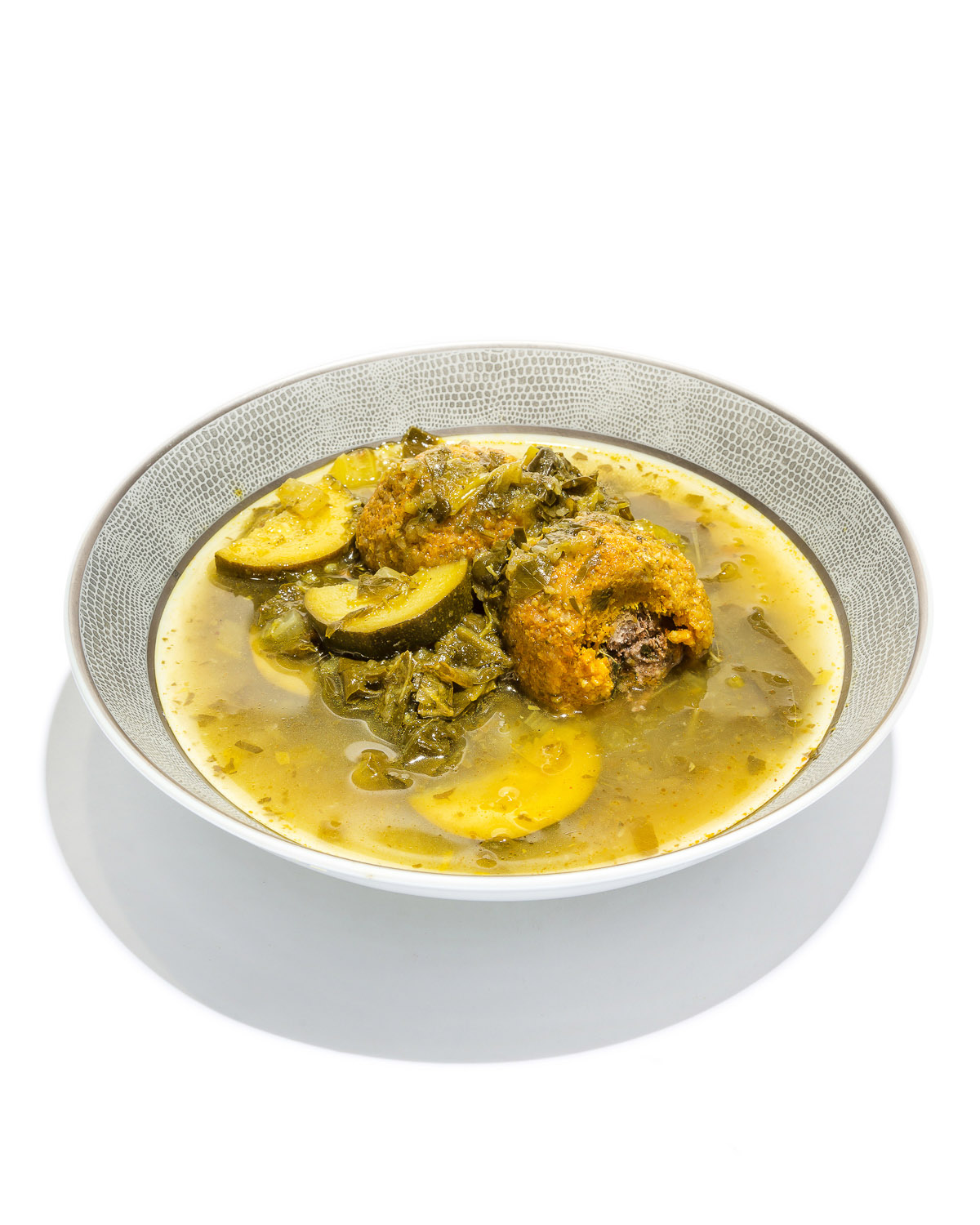Kubbeh
There are many things to say and write in favor of kubbeh, but there is no doubt that its best advantage is the fact that it gives Jerusalemites another reason to look down on Tel Avivians. Tel Aviv is a kubbehless city. Simple as that. No kubbeh restaurants in Tel Aviv. How do they live?
In Jerusalem, on the other hand, these are the jewels in our crown. These magic dumplings—the dough made from bulgur, semolina, potatoes or rice and then stuffed with minced meat and herbs—are a grandma staple. They may be called kubbeh, kubbah, or kibbeh—it’s all the same to mama.
Kubbeh options are endless. You can go Iraqi and eat your kubbeh in beetroot soup, round, purple, and sweet, or go Kurdish and have it in a yellow sauce, sour and flat, or be an Arab and fry it, or be a snob and eat it stuffed only with siska (beef confit) or maybe go to the extreme and eat only kubbeh hamo—a giant version of the dish that was actually invented in the Mahane Yehuda Market.
Anyway, whatever you choose to eat, the important part is to say, “They don’t have it in Tel Aviv. Of course they don’t. How could they? Filling kubbeh so the dough does not tear requires craftsmanship that they can never achieve. It’s all in Grandma’s wrist.” (And please don’t tell anyone that we all cheat and fill our kubbeh the easy way: You roll tiny meat patties, freeze them, and then cover with dough. This is a Jerusalemite secret.)
Gil Hovav is an Israeli food personality and the author of Candies From Heaven.

